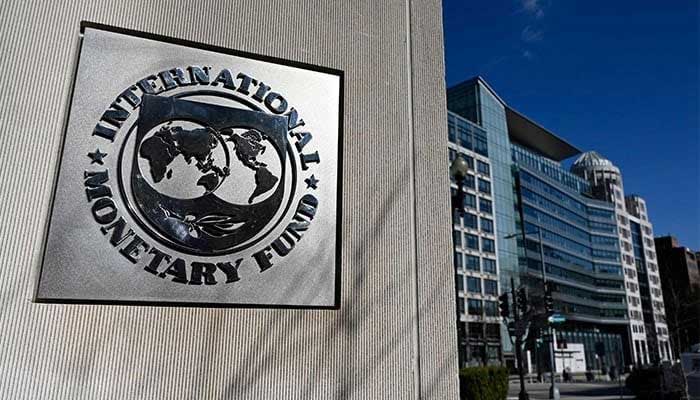Published in DAWN on August 18, 2021
THE new three-year State Bank refinance scheme — SME Asaan Finance — for providing collateral-free bank loans to small and medium enterprises has two objectives. One is to immediately boost the access of labour-intensive SMEs to formal credit and the other is to give the participating banks the opportunity to develop expertise and build technological infrastructure for clean lending based on the cash flows of borrowers who don’t have assets to pledge as security. If the banks are able to acquire this capability, they will not need further support from the government or the central bank to expand the SME financing market after three years. Thus, the scheme is expected to boost SME access to bank financing for investment and working capital requirements while creating a new market for the banks.
As is the case in most economies, the SME sector plays a key role in Pakistan’s economy by contributing 40pc to the nation’s GDP and 25pc to its annual export earnings. However, the businesses’ access to credit is constrained by a number of factors such as higher loan losses, high-cost bank finance models, low usage of technology and the lack of collateral for security. This impedes their growth and ability to become bigger. The banks’ lack of capability to assess financing needs and the repayment capacity of the SMEs on the basis of their cash flows is, however, the most important factor preventing the banks from tapping this important market. Hence, SME credit remains as low as 6.6pc or Rs443.8bn of the total private sector credit. If the SME Asaan Finance initiative manages to achieve its objectives, it will provide a big growth impetus to the economy and generate vast employment opportunities. Given the experience of microfinance banks in clean lending based on the daily cash flows of their customers, it is imperative for the government and the State Bank to also involve them in this initiative. The commercial banks could learn a lot from their smaller peers.





